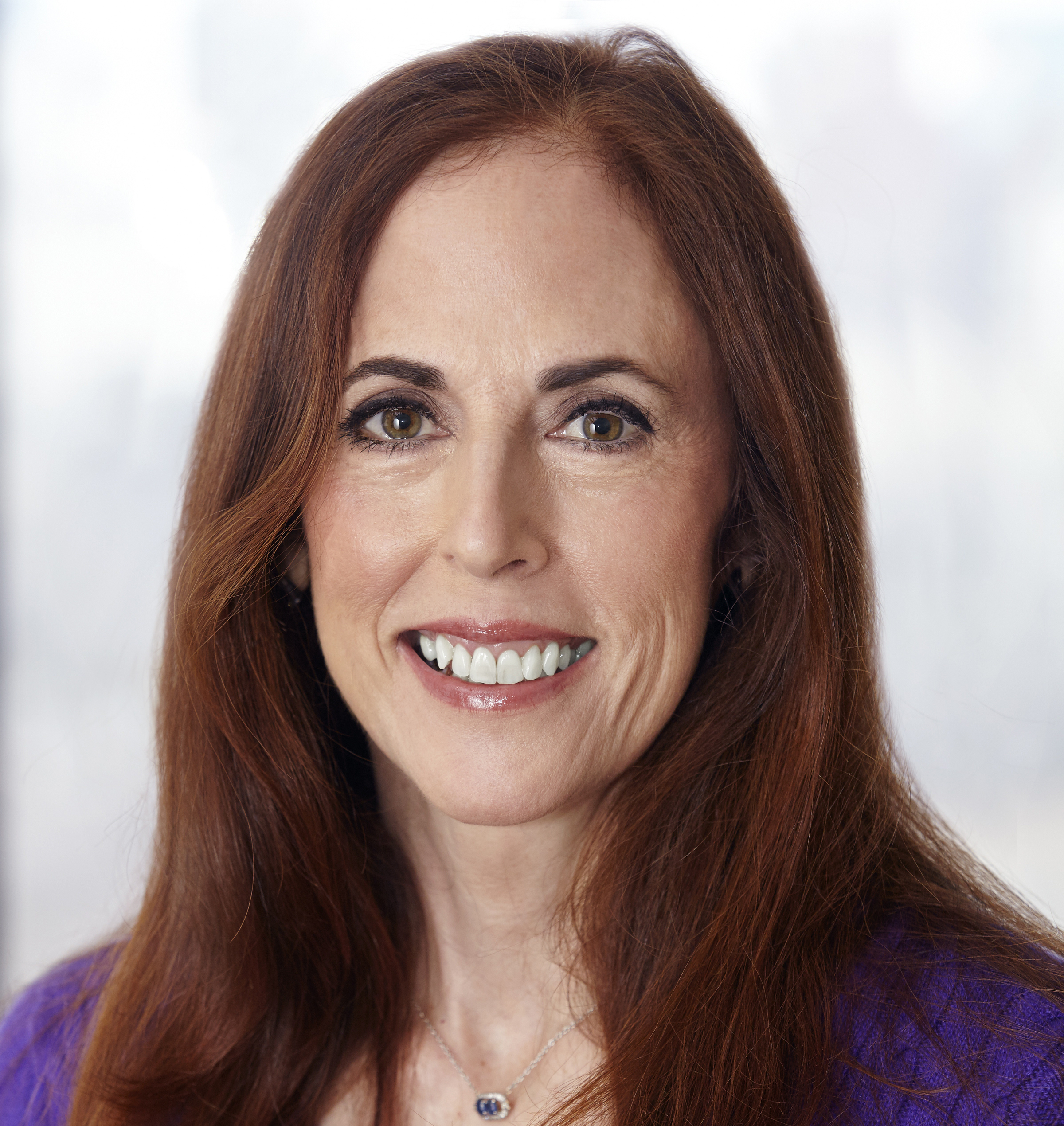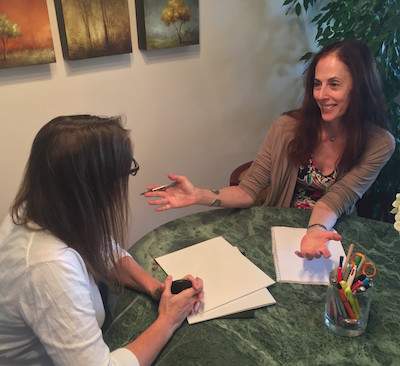 Instead of writing about hearts and flowers on Valentine’s Day, I find myself once again drawn to the subject of where—and how—my daughter on the spectrum can live safely and independently in Manhattan. As Samantha approaches 30 (gulp!) and I’m cruising along in my 60s, she asks me more and more often: “When will I live on my own? I don’t want to live with you forever.”
Instead of writing about hearts and flowers on Valentine’s Day, I find myself once again drawn to the subject of where—and how—my daughter on the spectrum can live safely and independently in Manhattan. As Samantha approaches 30 (gulp!) and I’m cruising along in my 60s, she asks me more and more often: “When will I live on my own? I don’t want to live with you forever.”
The feeling is mutual, though we love each other dearly. Our daughter is long overdue to move on in her adult life, and we, as her parents, would happily welcome a more peaceful and private living situation for ourselves.
Achieving that goal seems nearly impossible at the moment. Every time I think about the lack of safe, affordable options, I feel like a hamster on a treadmill. Where, when and how will Samantha afford a safe apartment in Manhattan? Even in a depressed real estate market, we cannot afford to buy or rent Samantha her own apartment and have enough left over to support us in two homes when my husband retires. Like most other autistic adults who are unemployed (or underemployed), she can’t support herself on Social Security Disability payments and pay the astronomical Manhattan rents. We also can’t envision our daughter commuting long distances to questionable neighborhoods in boroughs unknown to her.
I wish I could cling to the Cinderella alternative where Samantha meets her Prince Charming and moves into a condo, but I’m too much of a realist. No parent—especially a feminist mom— can count on a white knight to rescue her daughter. Nor can I rely on Hollywood to make Samantha a well-paid actress (in spite of her talent).
can count on a white knight to rescue her daughter. Nor can I rely on Hollywood to make Samantha a well-paid actress (in spite of her talent).
According to Disability Scoop, the outlook for disabled people finding appropriate housing options is grim at best. In Michelle Diament’s article “As Caregivers Age, People With Disabilities See Few Housing Options,” a national study found that “housing choices are limited for people with developmental disabilities who often get little say about where they might live when they leave home.” Not exactly a news flash.
Even more depressing is the fact that about 75% of adults with disabilities currently live with an aging parent or caregiver and most are not using public supports or services, according to The Arc. The Arc further states that more than half of families have no plan for the future. How can we have a plan for the future if there are no appropriate and accessible options? My daughter does not belong—nor does she wish to live—in a group home. She wants to live near her friends in the community where she grew up and learned to navigate on her own. Is this too much to ask?
A survey of 615 people across the country, split evenly between families and their loved ones with disabilities, reported significant barriers to finding housing. More than half said that the current living situation was the only one available. What would their dream home be for themselves or their loved one with disabilities? Over 60% said they wanted their own home or apartment, while only 14% chose a group home and fewer than 12% opted for the home of a family member or friend.
 Diament’s article merely confirmed what Samantha and I already know. “Where you live and the characteristics of that environment impact on so many aspects of someone’s day to day life. The reality is people with disabilities don’t have enough options, and they are too often bystanders when these big decisions are made about their lives,” said Peter Berns, CEO of The Arc. “Our hope is that this report sparks a dialogue across the country that leads to progress in integrated housing options and expands person-centered planning and supported decision making as people with intellectual and developmental disabilities and their families prepare for the future.”
Diament’s article merely confirmed what Samantha and I already know. “Where you live and the characteristics of that environment impact on so many aspects of someone’s day to day life. The reality is people with disabilities don’t have enough options, and they are too often bystanders when these big decisions are made about their lives,” said Peter Berns, CEO of The Arc. “Our hope is that this report sparks a dialogue across the country that leads to progress in integrated housing options and expands person-centered planning and supported decision making as people with intellectual and developmental disabilities and their families prepare for the future.”
Enough dialogue and talk. Ever since my daughter graduated from Pace University in 2014, I have attended crowded meetings with well-meaning support people who engage in dialogue and brainstorming about housing with frustrated families and their loved ones with disabilities. As far as I can see, nothing has changed and there are NO new options. (Please feel free to tell me I’m wrong. Samantha and I would LOVE to know about a new housing possibility).
Meantime, we need to elect politicians who will prioritize housing and employment of the disabled and who will devote the necessary funding NOW. Families like mine are already old and gray. (Even those of us who dye our roots every six weeks). We can’t wait forever.





 Marguerite Elisofon is a New York City writer and the author of My Picture Perfect Family, a memoir about how her family navigated life with a child on the autistic spectrum before the internet and support groups existed. She also blogs about parenting young adults and disability related issues in The Never Empty Nest. Her writing has been featured in a variety of publications, including Time and NY Metro Parents magazine, and her family’s story has been featured by the NY Post, Fox News, The Daily Mail, and on Jenny McCarthy’s Dirty Sexy Funny radio show. A Vassar graduate, Marguerite was born and raised in New York City, where she still lives with her husband, Howard, in their mostly-empty nest. She is available to speak about a wide variety of issues relating to twins, parenting, and autism.
Marguerite Elisofon is a New York City writer and the author of My Picture Perfect Family, a memoir about how her family navigated life with a child on the autistic spectrum before the internet and support groups existed. She also blogs about parenting young adults and disability related issues in The Never Empty Nest. Her writing has been featured in a variety of publications, including Time and NY Metro Parents magazine, and her family’s story has been featured by the NY Post, Fox News, The Daily Mail, and on Jenny McCarthy’s Dirty Sexy Funny radio show. A Vassar graduate, Marguerite was born and raised in New York City, where she still lives with her husband, Howard, in their mostly-empty nest. She is available to speak about a wide variety of issues relating to twins, parenting, and autism. 